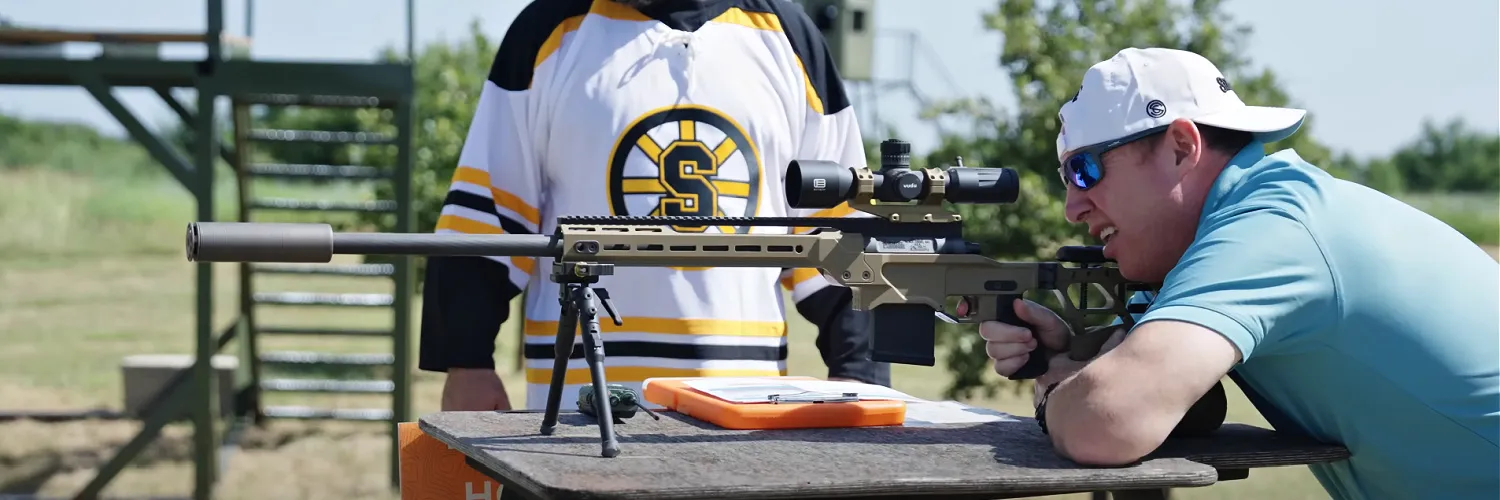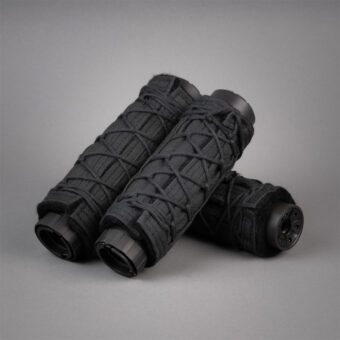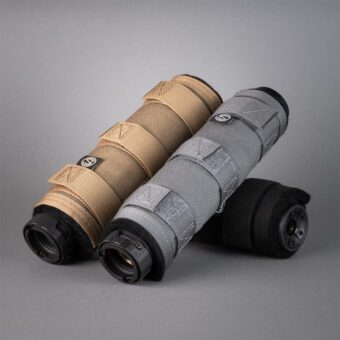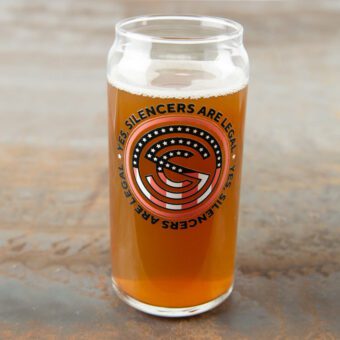Home / All About Silencers / How Do Suppressors Work?
How Do Suppressors Work?
How Do Suppressors Work?
Home / All About Silencers / How Do Suppressors Work?
Cormac McQuarrie
There’s something almost magical about a well-suppressed gun shot. The experience, for those used to the guns producing loud cracks and booms, can be sublime. The simple addition of a metal tube on the end of the barrel can make gun shots hearing safe, but how do suppressors work?
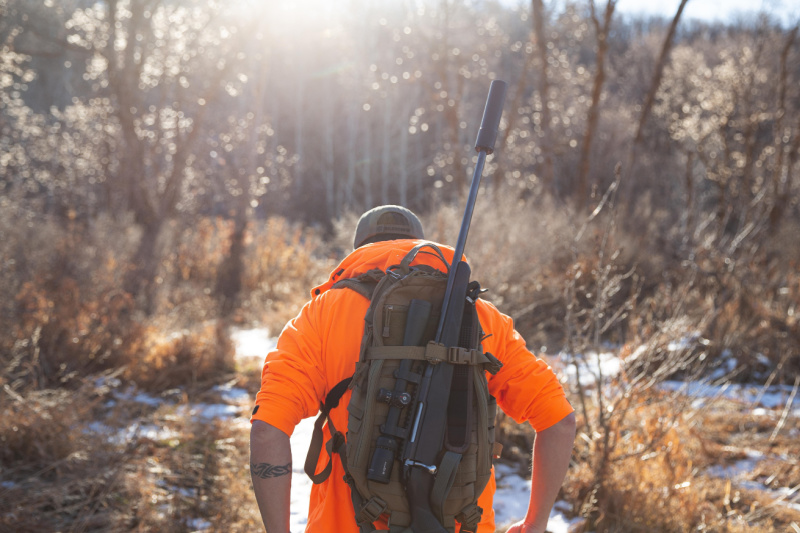
The answers, as there a many factors at work here, are not overly complicated. But before we start, let’s break down what’s causing the noise.
Why are unsuppressed guns so loud?
When the pin hits the shell, a bit of controlled chaos ensues. The primer kicks off the ignition of the powder. When the powder ignites, the rapid burn creates expanding gasses that need somewhere to go.
This small explosion is contained in the breech. This is the strongest part of a firearm—often where the steel is thickest and that strength is crucial. It prevents that explosion from blowing up the gun.
The expanding gasses have to go somewhere, and the weak link is formed by the bullet itself. This small piece of lead or copper (or brass, or polymer…) is softer than the surrounding steel. Though the bullet may even be slightly larger in diameter than the barrel itself, the gasses expand and push the bullet into the barrel.
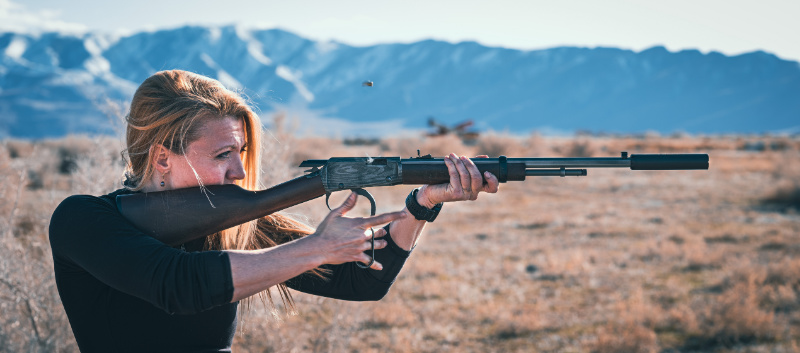
In a rifled barrel, the bullet will likely elongate slightly and mold itself to the lands and grooves cut into the barrel. It picks up speed—a substantial amount of speed—as it spins its way toward the muzzle.
Meanwhile, the gasses behind the bullet continue to expand. Automatics may siphon off some of the gas and direct it back toward the action, either directly or into the back end of a piston. The remainder follows the bullet out the barrel. If these gasses are still on fire, you’ll see a muzzle blast.
When the bullet is moving faster than the speed of sound, it will break the sound barrier as it exists the muzzle. This produces the high crack sound associated with gunfire. Even a super sonic .22 bullet will create this tell-tale crack. These sounds are short-lived but sharp.
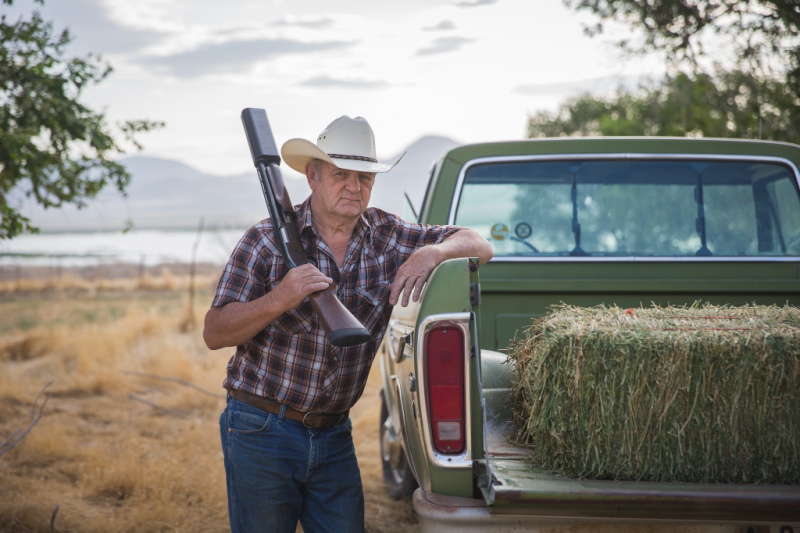
Behind it come the gasses. They’re expanding, too, and—once free from the barrel—produce a different tone. As calibers increase in size, this sound deepens into more of a boom. While the crack hits your ears, the boom is more concussive and is felt as much as it is heard.
Together, the bullet breaking the sound barrier and the gas expanding behind it produce the sound that is so damaging to hearing.
Every Gun Should Be Suppressed
A silencer isn’t likely to make any gun as whisper quiet as they appear in the Hollywood blockbusters that mythologize their use. The noise of gunfire can be dramatically suppressed, though—and the benefit of that reduction is well worth the effort.
Suppressors attach to the end of firearm’s barrel and tame the gasses that are escaping the muzzle. While the outside of a suppressor looks very much like a simple tube or cylinder, the inside is a maze of pockets and channels that trap the expanding gasses and redirect them back onto themselves as the projectile continues through an open path toward its intended target.
The interior of a suppressor has much more volume than an equivalent length of barrel. Yet the baffles—the obstructions inside the barrel that trap and redirect these gasses—have an opening just large enough for the bullet to pass through. Some baffles have holes or channels in them that allow the gasses to move backwards and push on themselves, dramatically slowing them down.
And the sound is trapped inside, too. The sound waves moving in one direction hit these obstructions and bounce back. Now there are soundwaves inside the suppressor moving in many directions, in opposition, and this causes destructive canceling.
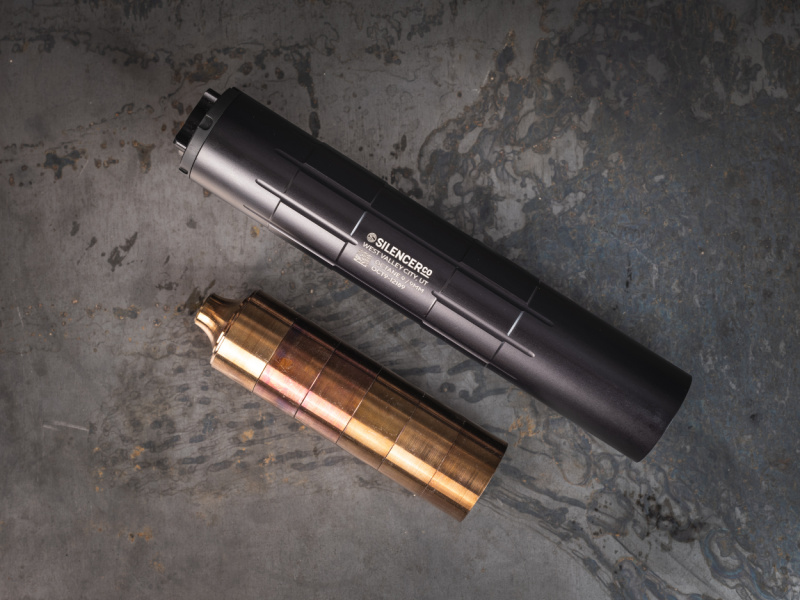
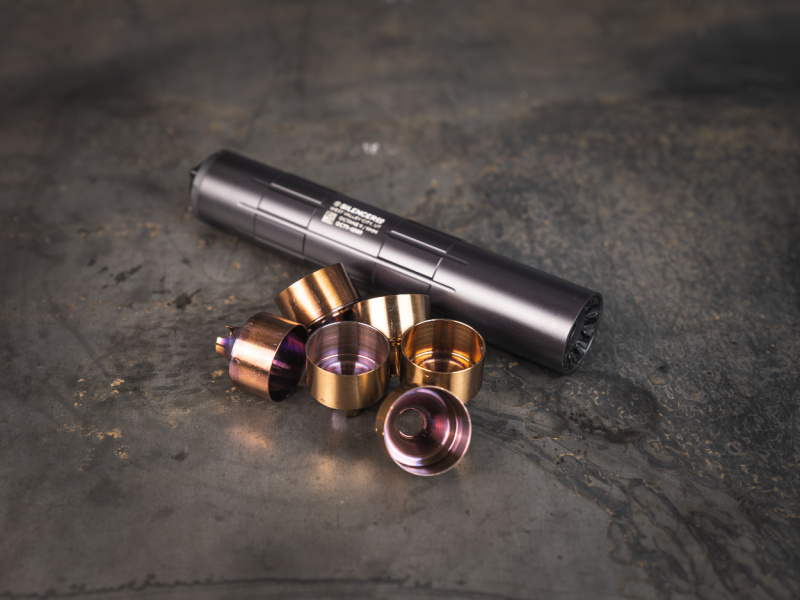
Baffles are stacked one on another inside the suppressor. Longer suppressors typically have more baffles and will have greater noise reduction capabilities. The increased surface area inside a suppressor also helps cool the expanding gasses. Cooling, even moderately, reduces the expansion.
So a suppressor both cools the gasses and violently interrupts the gasses directional path.
Can any gun be suppressed?
Almost every rifle barrel is fixed in place. This isn’t the case for pistols. Many pistols have barrels that tip up during recoil. Others slide back slightly. Both movements unlock the action and allow for the spent case to be extracted and a new round to be chambered.
Adding extra weight to the end of the barrel, though—as you do when you add a suppressor—can change the way those barrels move. Some guns won’t cycle with a suppressor mounted directly to the barrel, but there’s an easy solution.
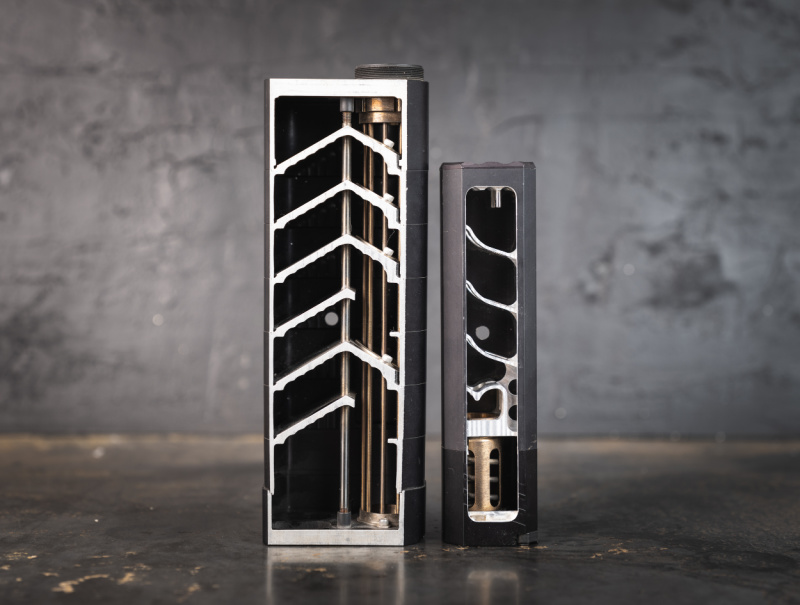
Suppressors built for use with handguns (most center fire calibers, rather than fixed barrel rimfires) will have pistons that act as a transition between the end of the barrel and the suppressor. The piston has a spring around it that allows the suppressor to move in isolation of the barrel. As the round is fired the recoil impulse will compress the spring, allowing the barrel to move more naturally and for the round to cycle.
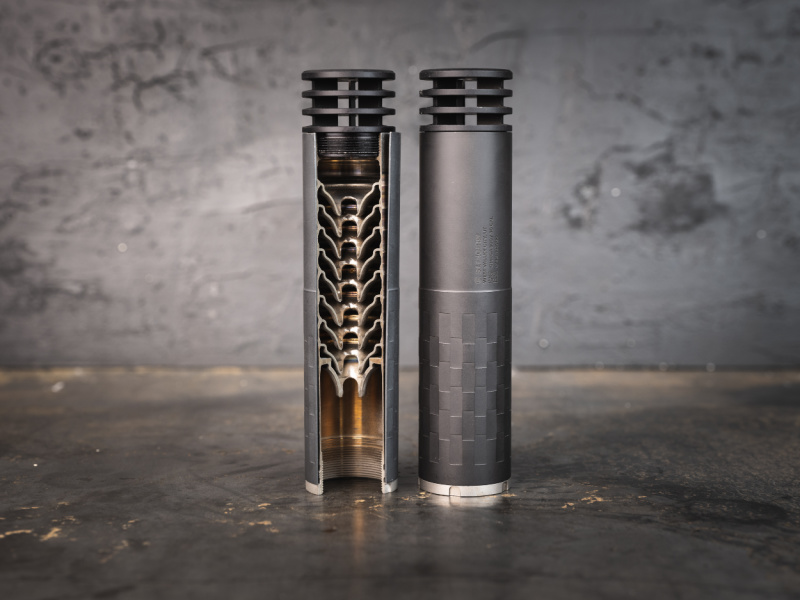
Since we’re talking about trapped gasses, there will be differences between a bolt-action .223 and a direct impingement AR-15, where gas is expelled into the rifle’s action. And semiautomatics tend to suppress much better than most revolvers as the cylinder gap on a revolver allows gas to escape. In short, a closed system may suppress better.
How can you make a gun as quiet as possible?
There are two key factors for suppression. The first is the speed of the projectile. Subsonic ammunition is more easily suppressed as the sonic crack is absent. Subsonic ammo in a rimfire, for example, can be very quiet.
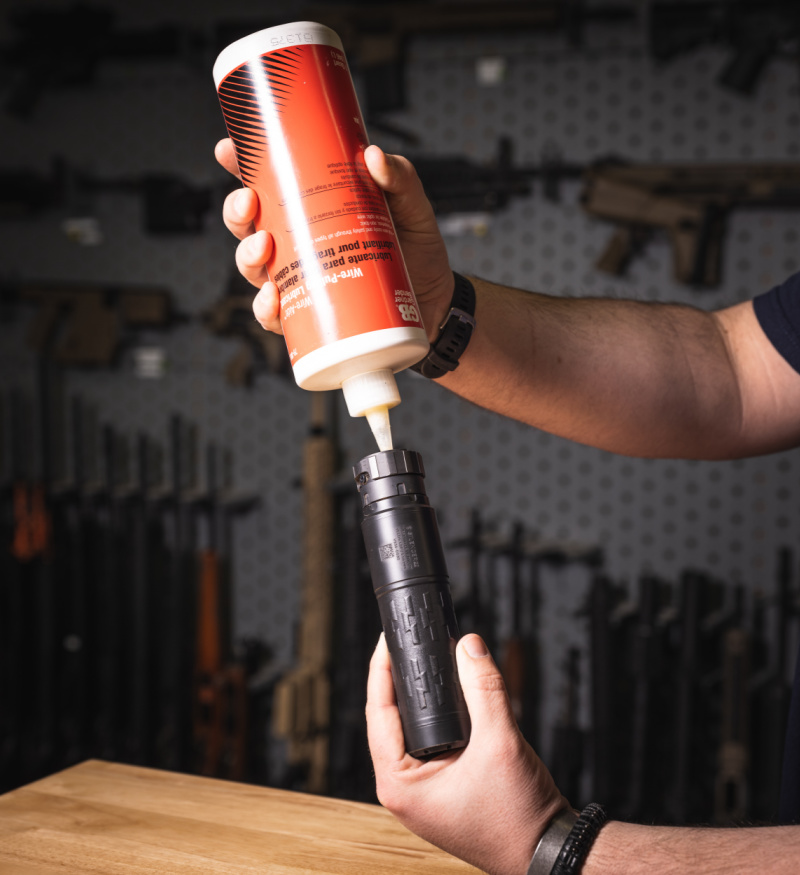
The second, of course, is the suppressor. Some will choose to add a bit of water to their suppressors, or a gel of some sort—applied sparingly—on the baffles. This adds more obstruction inside the suppressor’s cavities. The liquid also helps cool the gases even further.
The proof is easy to hear.
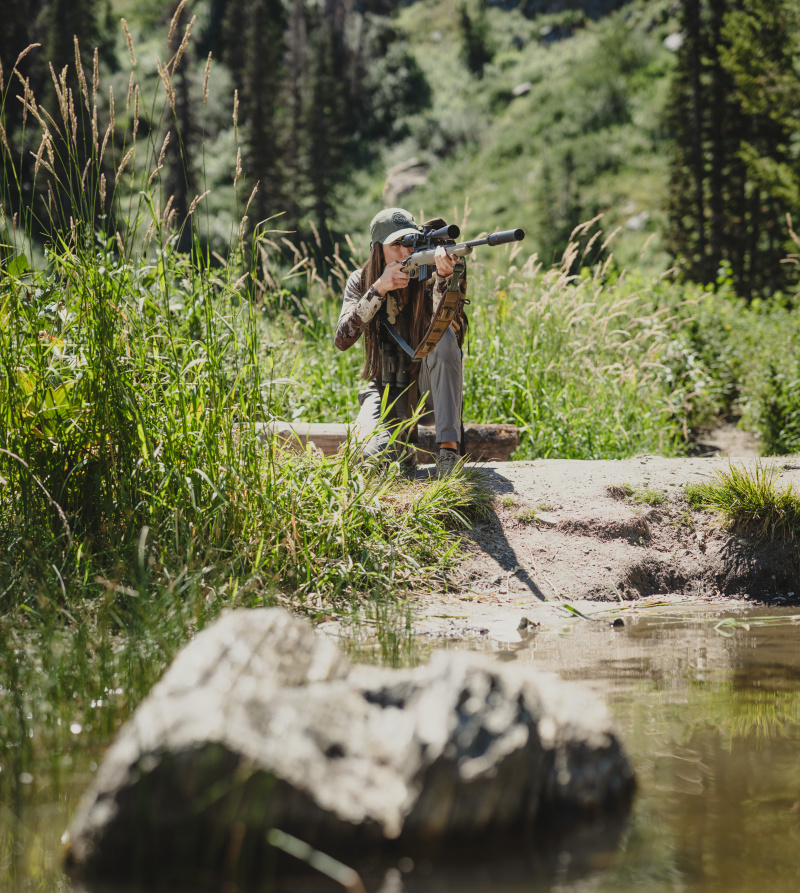
Putting aside oversimplifications of the science, I’ll leave you with this. A silencer is a solid addition to almost every firearm. From a routine trip to the range, to the tranquility of a wooded forest on a brisk fall morning, being able to hear the world around you has obvious benefits. We only have five senses—why give one up?



